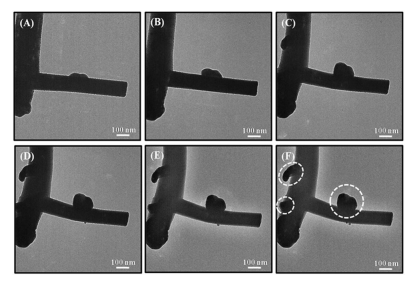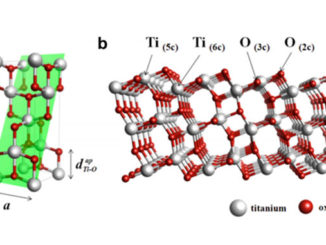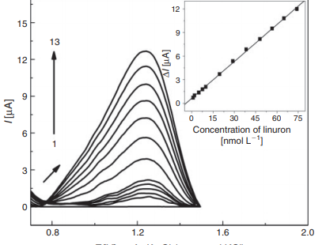
Elucidating the real-time Ag nanoparticle growth on alpha-Ag2WO4 during electron beam irradiation: experimental evidence and theoretical insights
Abstract: Why and how Ag is formed when electron beam irradiation takes place on alpha-Ag2WO4 in a vacuum transmission electron microscopy chamber? To find an answer, the atomic-scale mechanisms underlying the formation and growth of Ag on alpha-Ag2WO4 have been investigated by detailed in situ transmission electron microscopy (TEM) and field emission scanning electron microscopy (FE-SEM) studies, density functional theory based calculations and ab initio molecular dynamics simulations. The growth process at different times, chemical composition, size distribution and element distribution were analyzed in depth at the nanoscale level using FE-SEM, operated at different voltages (5, 10, 15, and 20 kV), and TEM with energy dispersive spectroscopy (EDS) characterization. The size of Ag nanoparticles covers a wide range of values. Most of the Ag particles are in the 20-40 nm range. The nucleation and formation of Ag on alpha-Ag2WO4 is a result of structural and electronic changes in the AgOx (x = 2,4, 6, and 7) clusters used as constituent building blocks of this material, consistent with metallic Ag formation. First principle calculations point out that Ag-3 and Ag-4-fold coordinated centers, located in the sub-surface of the (100) surface, are the most energetically favorable to undergo the diffusion process to form metallic Ag. Ab initio molecular dynamics simulations and the nudged elastic band (NEB) method were used to investigate the minimum energy pathways of these Ag atoms from positions in the first slab layer to outward sites on the (100) surface of alpha-Ag2WO4. The results point out that the injection of electrons decreases the activation barrier for this diffusion step and this unusual behavior results from the presence of a lower energy barrier process.
Author(s): Pereira, WD; Andres, J; Gracia, L; San-Miguel, MA; da Silva, EZ; Longo, E; Longo, VM
PHYSICAL CHEMISTRY CHEMICAL PHYSICS
Volume: 17 Pages: 5352-5359 Published: 2015
DOI: 10.1039/c4cp05849f




